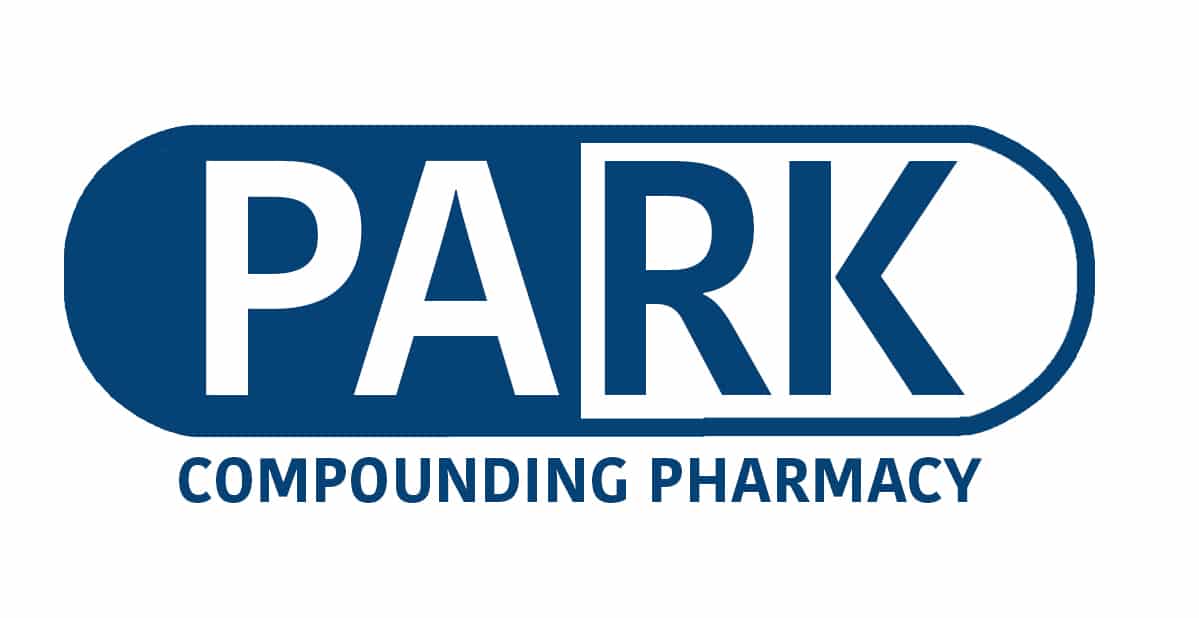Epilepsy is a central nervous system disorder that often causes seizures or periods of abnormal behavior. For most individuals, epilepsy can be controlled with medications. There are numerous medications that are used to control seizures for patients with epilepsy – sometimes one medication is sufficient and in other cases combinations are used. A recent study published by researchers at Cairo University showed that in a series of case studies, low dose naltrexone helped reduce the number of seizures experience in epileptic patients. This interesting preliminary evidence shows that the use of LDN for this condition may warrant further research.
Current Epilepsy Treatments
Worldwide, epilepsy affects millions of people who often do not have access to effective medications to manage their condition. Many patients struggle to manage their condition even with treatment. Numerous medications exist for treating epilepsy with different side effect profiles – some of these can be expensive. Researchers are always looking for new treatments with fewer side effects that may also be more affordable for use throughout the world.
In this series of case studies, patients were taking medications such as carbamazepine, levetiracetam, clonazepam, valproic acid, and phenytoin. All of these drugs can be effective but also carry potential adverse effects. Carbamazepine can cause potentially life threatening allergic reactions and also can decrease the number of blood cells in the body leading to health consequences. Valproic acid can potentially harm the liver and this risk is increased in patients taking it along with other epilepsy medications. Clonazepam can cause breathing problems and also can be habit forming and cause problems with dependency. In comparison, low dose naltrexone has few documented side effects besides potentially causing insomnia in some patients.
Low Dose Naltrexone
Naltrexone is a drug that exhibits different effects at high and low dosages. At a dose of 1mg to 5mg, naltrexone has a qualitatively different effect than at the 50mg dosage used for managing addiction. This means that naltrexone does not just have a lesser effect at a lower dosage but actually works completely differently. Low dose naltrexone has frequently been studied in conditions that involve chronic inflammation. There is evidence that epilepsy is related to neuroinflammation and the researchers in the Cairo University study speculate that it is the suppression of inflammation and immune modulation provided by LDN that makes it an effective epilepsy treatment.
There are three significant benefits to LDN if it can be found to be an effective treatment for a condition.
1. Side effects: The first benefit is that it has relatively few side effects documented in research to-date. It is well tolerated by patients with many different conditions. Compared to the typical treatments for epilepsy, it has few adverse effects and does not seem likely to exacerbate seizures however more research is needed. The higher dosage of 50mg is already FDA approved.
2. Cost: The second benefit is that LDN is inexpensive compared to most medications. It can be compounded by a pharmacy affordably in the dosages required even if the patient does not have health insurance.
3. Effectiveness compared to other treatments: Although it was not developed specifically as a treatment for chronic conditions, LDN has been shown to be more effective than many medications that are considered the “gold standard.”
Case Studies from Cairo University
The case studies involved pediatric patients who suffered from epileptic seizures which were not being managed well by medications. For example, one patient was taking levetiracetam, valproic acid, clonazepam, carbamazepine, and phenytoin and was having seizures 7-10 times per day. After starting low dose naltrexone, the patient was seizure free in only 3 days. The patient’s use of clonazepam and carbamazepine was gradually reduced. Other patients experienced similar improvements in the frequency of seizures and a similar reduction in the use of other medications when taking LDN. Some decreased to 1-2 seizures per month from up to 10 per day and one patient’s seizures completely ceased. This is a small study involving only 5 cases – which is not enough evidence to guide clinical recommendations yet. However the dramatic results these patients experienced are promising for others suffering from epilepsy throughout the world.
Study of Norwegian LDN Patients
In 2013 in Norway there was a sudden large increase in prescribing of LDN. The information from these prescriptions was a part of the Norwegian Prescription Database and allowed these patients to be analyzed for the effects of LDN on their overall drug usage. The total number of patients who received LDN was 11,247. It was found that in patients receiving LDN who took it consistently, the use of a several psychotropic and antiepileptic medications was reduced. This shows that LDN may help patients with epilepsy reduce the use of other medications that have more severe side effects.
Articles
Effect of Low-Dose Naltrexone on Egyptian Children with Intractable Epilepsy: A Case Series Study – Neurology India
Changes in the consumption of antiepileptics and psychotropic medicines after starting low dose naltrexone: A nation-wide register-based controlled before-after study – Scientific Reports
